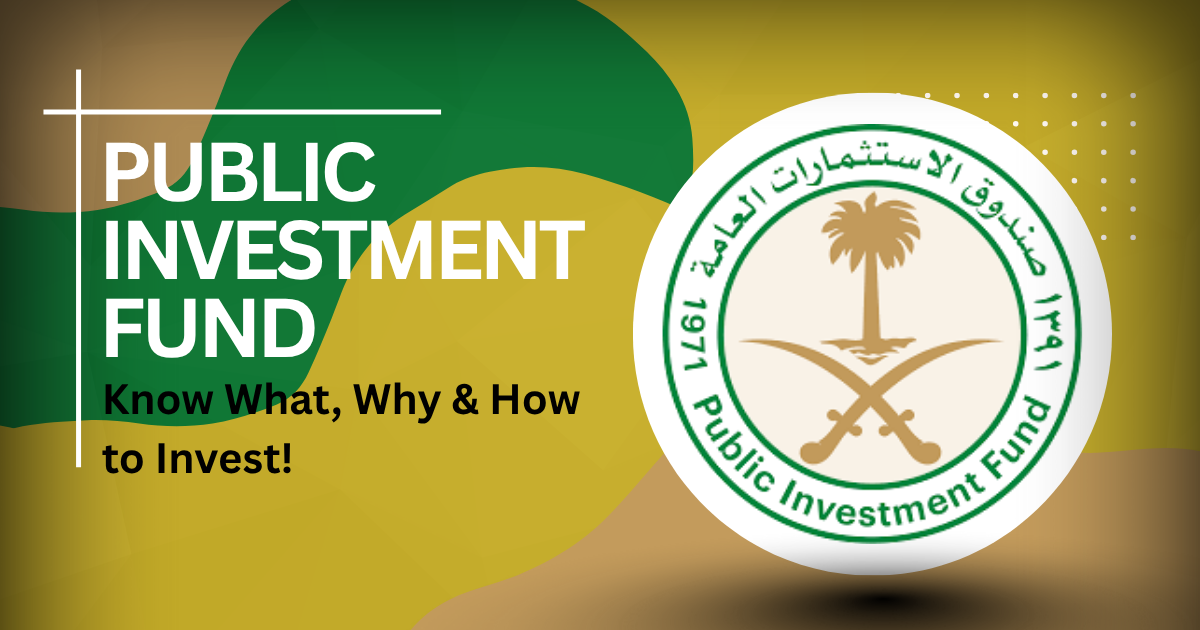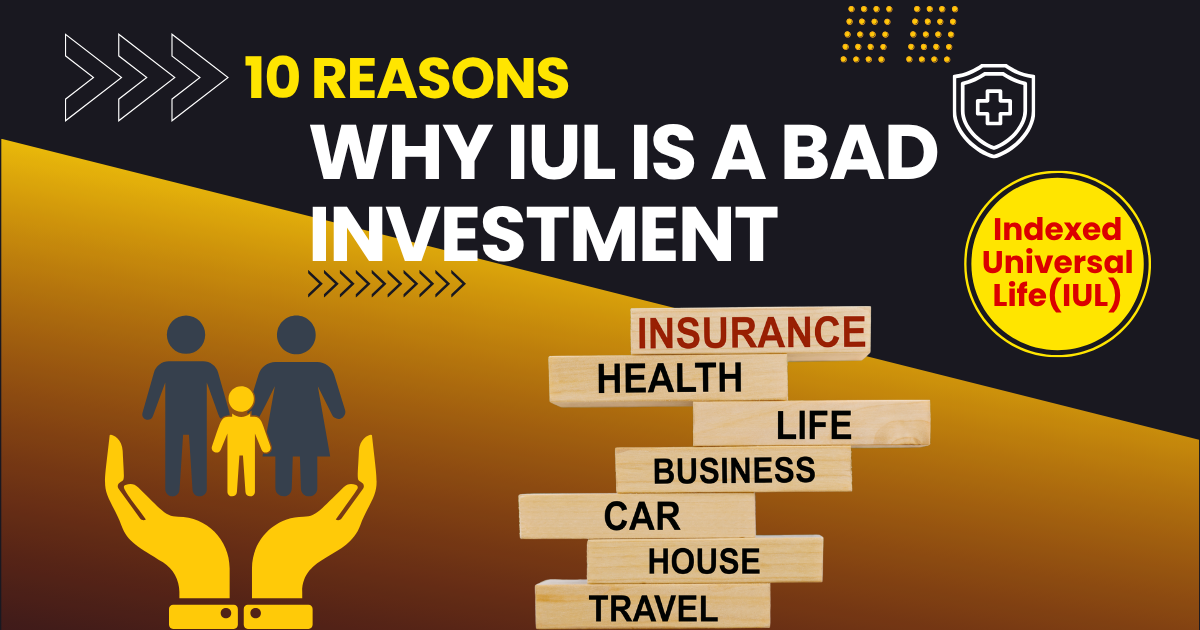1. Introduction: What Is a Public Investment Fund?
The government invests and grows the country’s wealth with money from a public investment fund. The main goal is to make money and give it back to the the city.
1.1. Public Investment Fund Explained for Beginners:
Imagine the government has extra money. They don’t just save it; instead, they put it into things like:
- Stock markets (shares in companies)
- Real estate (buildings, land)
- Construction (roads, power, transport)
The money generated from these investments is used to improve public services such as healthcare, education, or building new projects.
2. What Are the Types of Public Investment Funds?
There are different types of public investment funds, and each has its own plans and goals. Most people have one of these types:
2.1. Sovereign Wealth Funds (SWFs)
These are investment funds made by the government. Large Sovereign Wealth Funds (SWFs) from places like Singapore, Norway, and Saudi Arabia invest in world markets. Most of the time, these funds come from extra money coming in, like oil export profits or trade surpluses.
2.2. Funds for Strategic Growth
The goal is to support important industries or new ideas that will make its financial system stronger in the long run. They often put money into things like AI, green energy, and digital infrastructure.
2.3. Pension Plans for the public
These funds handle the retirement savings of people who work for the government, like teachers and police officers. They invest the money to make sure that older people will get pensions and be safe in the long term.
2.4. Investment Companies run by Government
To help the country grow, these companies put money into things like healthcare, education, facilities or national industries. Their main goal is usually to boost growth and jobs in their own country.
3. How Do Public Investment Funds Work?
To make things easier to understand, here are the basic steps that public investment funds follow:
- Sources of Funding: Most of the time, money is collected from taxes, pension payments, or water, oil, or mineral profits that the government doesn’t need. Some countries also give away some of the money they make from exports or savings in foreign currencies.
- Managed by Professionals: The fund is managed by managers or citizens with a lot of experience in investing. These people study the market, analyze risks, and carefully spend money.
- Different kinds of investments: The money is put into a variety of things, such as foreign markets, technology companies, government securities, company stocks, and building projects. Spreading your money around can lower your risk and increase your earnings.
- Profits are invested again: Most of the time, profits are put back into the fund to make it grow even bigger, or they are used to pay for building projects and public services. In hard times, some countries also use profits to keep their financial system stable.
4. Advantages of Public Investment Funds
There are many good things about public investment fund for both governments and people become stable:
4.1. Make the country rich in the future
Governments use these funds as a savings account for the future.They don’t spend all of their money immediately; instead, they invest some of it to make more money in the future, especially from finances that don’t grow back, like oil and gas.
4.2. Invest for projects that help people
A lot of money needs to be spent on major components of infrastructure like airports, railroads, power plants, and highways. These kinds of projects can be covered by public investment funds instead of getting money from other countries.
4.3. Make jobs and grow the market
Investment in national areas like agriculture, construction, healthcare, technology, or agriculture creates jobs, helps local businesses grow, and improves people’s skills. These funds are used directly or indirectly to keep the economy going.
4.4. Keep the economy stable during an emergency
Public investment funds help keep the economy going when times are bad. Countries don’t need to getting a lot of money from other countries to keep up their salaries, pensions, and other essential services.
4.5. Encourage creative thinking and getting ready for the future
Some public funds put money into research, clean energy, AI, green infrastructure, and tech startups on a regular basis. This makes an economy that is ready for the future and doesn’t depend on old industries.
5. Disadvantages of Public Investment Funds
But there are also some risks and bad things about it:
5.1. Market Risk
Investment professionals aren’t always able to guess what will occur in the market. A fund’s wealth can go breakdown if the economy slows down, stocks crash, or there is instability in the area where the money is invested.
5.2. Effect on politics
Governments sometimes waste money on short-term goals or elections. Because of this, freedom and self-management are very important.
5.3. Not giving enough information
In some countries, people can’t see what funds are doing. This makes me worry about how funds are handled, where they are invested, and what kind of returns they get.
5.4. High Management Costs
For big funds, you need big teams. If they are not managed well, their salaries and other costs can eat away at profits.
5.5. Putting too much on one industry
When one source, like oil exports, goes down, it affects the whole national fund that the public investment fund is based on. Variety is very important.
6. Who Should Invest in Public Investment Funds?
People don’t usually put their own money into public investment fund like sovereign wealth funds or government infrastructure funds. The government or public institutions run these.
But some types, like public pension funds or mutual funds pulled by the government, can make individuals put money in.
A public investment fund could help you if you are:
- A worker in the government putting money into a pension plan
- A person who lives in a country with a sovereign wealth fund (because the money in it helps everyone).
- Someone who puts money into a government mutual fund or a national development bond.
7. Risks about Public Investment Funds
People usually think of public investment funds as safe, but there are still some risks:
- Changes in the world’s markets
- Changes in currencies, especially when investing in another country
- In countries with weak rules, corruption or bad management
- A lot of one industry, like oil or real estate
Tips: Always choose resources that are successful, open, and have a history of making smart investments.
8. How the public gets benefits from these funds
Here’s how you can still benefit if you can’t invest:
- Better buildings and roads: The money from the fund helps build roads, bridges, power lines, and airports. These things make life easier and business go faster.
- Better public services: Governments use fund income to offer free or low-cost transportation, healthcare, and education.
- Financial stability: Using public funds instead of loans from outside sources or high taxes is a good idea.
- Pensions Safety: The retirement benefits of government workers depend on how effectively public pension funds do.
- Lower taxes and Policies: When the public funds are strong, dangerous policies are not needed as much.
9. How Public Investment Funds Will Grow in the Future
It depends on global needs, environmental sustainability trends, and changes in technology that public investment funds are changing.
9.1. Rise of ESG Investing
More and more people are now investing in companies that focus on ESG — Environmental, Social, and Governance — values. Many investment funds avoid harmful industries and instead choose companies that:
- Reduce pollution
- Follow right job guidelines
- Promote justice and equality for all
9.2. Fund management based on tech
AI and big data are making it easier to make choices. Smart analytics help funds lower their risk and better guess how the market will move.
9.3. Direct participation of the public
Citizen connections are being tested out in some countries. These inform people put money into funds for development and get money back. This makes a direct link between people and growth in the public sphere.
10. Frequently Asked Questions
10.1. What is a public investment fund in simple terms?
The fund is managed by the government and invests tax, oil, and pension savings money to help build up the country and make it richer.
10.2. Do you think public investment funds are safe?
Most people think they are safe, especially in industries that are successful. But there is some risk with every investment.
10.3. Who can invest in a public investment fund?
Most of the time, these funds are only managed by the government or public institutions.But some allow citizens or employees to contribute.
10.4. How do public investment funds make money?
They get money back by putting money into businesses, stocks, bonds, and real estate.
10.5. Difference between public and private investment funds?
Public investment funds are managed by governments and Private investment funds are managed by private companies for profit.
Conclusion: Is it right for you to invest in a public fund?
Public investment funds are very important for managing wealth and building up the country. People don’t usually put money into these funds directly, but they do affect people’s lives by improving infrastructure, pensions, healthcare, and other areas.
They help ensure:
- Better public services
- Financial stability
- Lower effects on the Citizens
- Public workers can retire safely.
Perhaps you didn’t know it, but if you work for the government or live in a country with a sovereign wealth fund, you already benefit from it.


